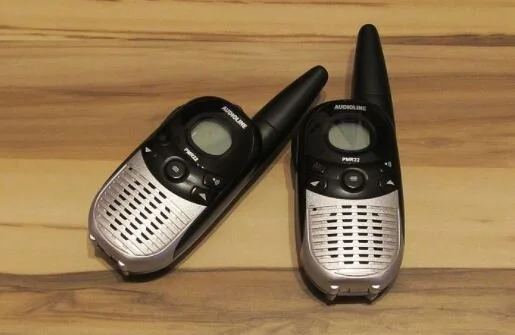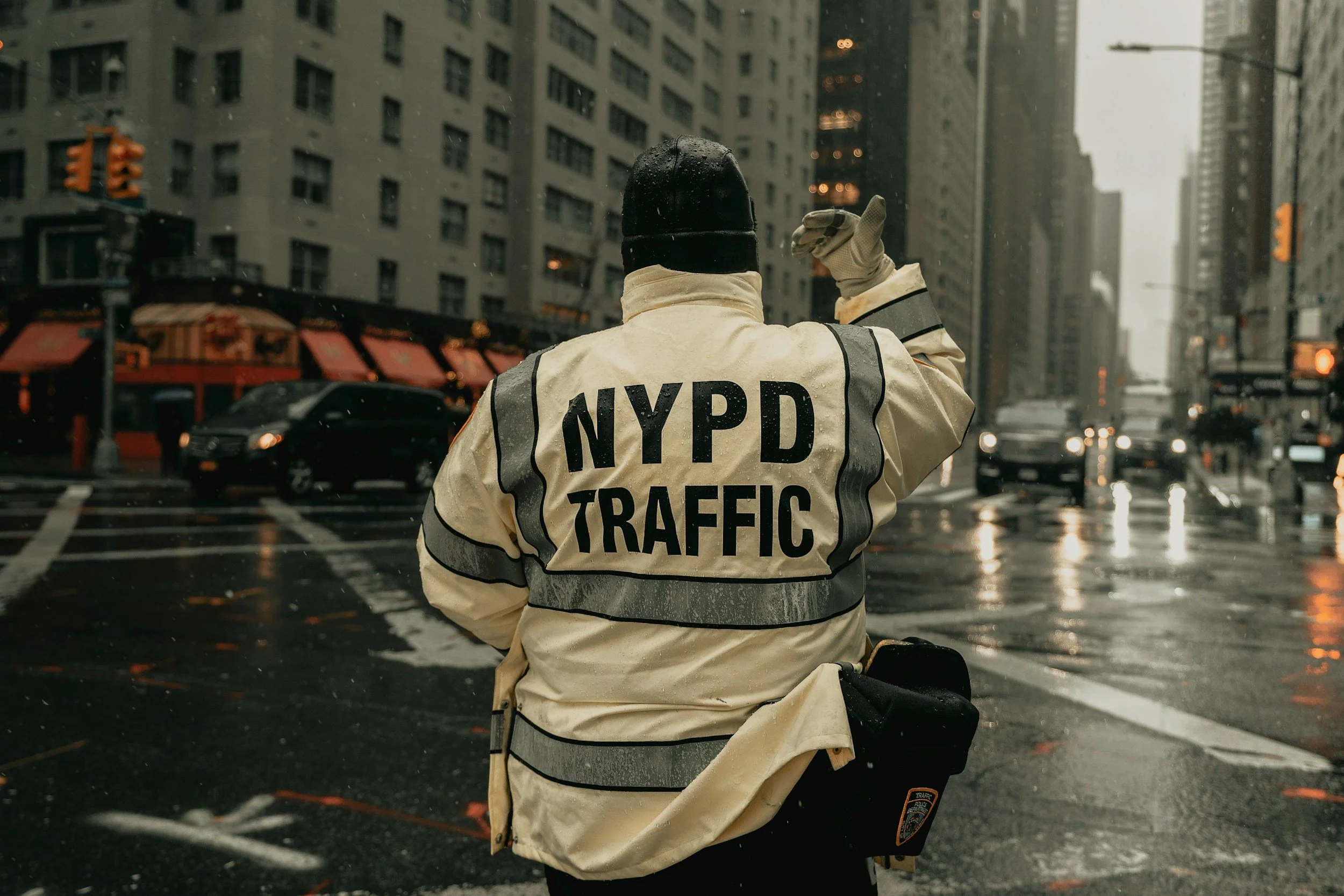According to the Bureau of Labor Statistics, from 2013-2017 there were 97 trenching fatalities in the construction industry – an average of 19 per year, from a low of 10 deaths in 2014 to a high of 33 in 2016 [BLS, 2019]. Excavations are a common sight on construction sites all across the United States. This work can come with numerous hazards, but excavation work can be made safe by following basic safety guidelines.
Read MorePeople drive drunk an average of over 300,000 times a day in the United States, but fewer than 4,000 are arrested for it, according to the FBI. The decision to drive impaired is a deadly one.
Read MoreAn important but often overlooked aspect of safety is what we decide to wear each day on the job….
Read MoreTo stop traffic
Stand in a safe position on the shoulder. Face traffic and extend the paddle in a vertical position
so the full STOP face can be seen by approaching drivers. Night flagging may include the use of
a red lantern or light. To stop traffic the light should be waved back and forth across the path of
an approaching vehicle
Read MoreTo you, the flagger:
You have been chosen as a traffic flagger because your supervisor feels you are physically able,
mentally alert, and sufficiently commanding in appearance to be obeyed by the motoring public.
You are an indispensable part of all maintenance and construction operations. We want you to
study the following instructions so that they become second nature. Your life, the lives of your
fellow workers, and the lives of highway users depend upon your alertness and on your ability to
control traffic with your stop-slow sign paddle.
Read MoreLMK Pipe Renewal facilities on state highway right of ways are to be maintained in a manner
satisfactory to the State of Florida and at LMK Pipe Renewal expense.
Read MoreFrequent and abrupt changes in geometries that require rapid maneuvers (such as lane narrowing,
dropped lanes, or main roadway transitions) should be avoided. Provisions should be made for
the safe operation of work vehicles, particularly on high-speed, high-volume roadways.
Read MoreAny member of the crew who serves as a flagger should be equipped with a Stop-Slow paddle and a reflective vest. Crewmembers shall be trained for proper flagging procedures.
Read More
Three-way communication can be critical in verifying a message is understood during a work task which can make all the difference in whether a worker is injured or not….
Read MoreEver feel that the motoring public is out to get you? Speeding through your work area and if you don't hop out of the way quickly enough, they will run you down? It is probably because many drivers take the attitude that we should see them and keep out of their path. Just one of the hazards of flagging traffic.
Read MoreWhen planning work tasks for the day and addressing hazards it is easy get caught up on the big hazards. We focus on issues such as falls from heights, electrocution, and chemical asphyxiation during a confined space entry when they are present.
While these hazards need to be taken serious and properly addressed, the bigger hazards can be responsible for taking almost all of the attention from the “little things”….
Read MoreThere are many injuries while using hand tools on the job. Many of these injuries occur from improper use, but there are also injuries that involve a tool that was broken or in need of repair. What tool is being used will decide what needs to be inspected on it. In this safety talk, we will discuss basic handheld tools that are not electric or pneumatic.
Read MoreThe list of possible medical emergencies you can experience in life is a long one. A common medical emergency that takes the lives of many people are emergencies that involve the heart. Heart attacks are extremely common; over 725,000 Americans experience a heart attack each year.
Read MoreFire Hazards
If a fire breaks out in a LMK facility and it cannot be immediately and completely extinguished, you should follow the Emergency Reporting Procedures listed below.
Read More
The following is a list of the safety equipment that should be worn and/or used by all employees working in sewer manholes at all times, unless stated otherwise.
Read MoreThe following are the proper procedures and general safety precautions that will be followed
before entering a manhole for the purpose of taking flow measurements, performing inspections
or making sewer repairs:
Read MoreThe construction of sewers should be in accordance with standard design, with special attention
to self-cleaning velocities, good alignment, proper spacing of manholes, and adequate provision
for ventilation. These design standards when followed, will provide for a safer work
environment. However, there are several other points of safety that are of major importance.
Read Moreinspected on a regular basis, and are sanitized before and after use. The SCBA training video
will be viewed twice a year by all personnel.
Read More



















